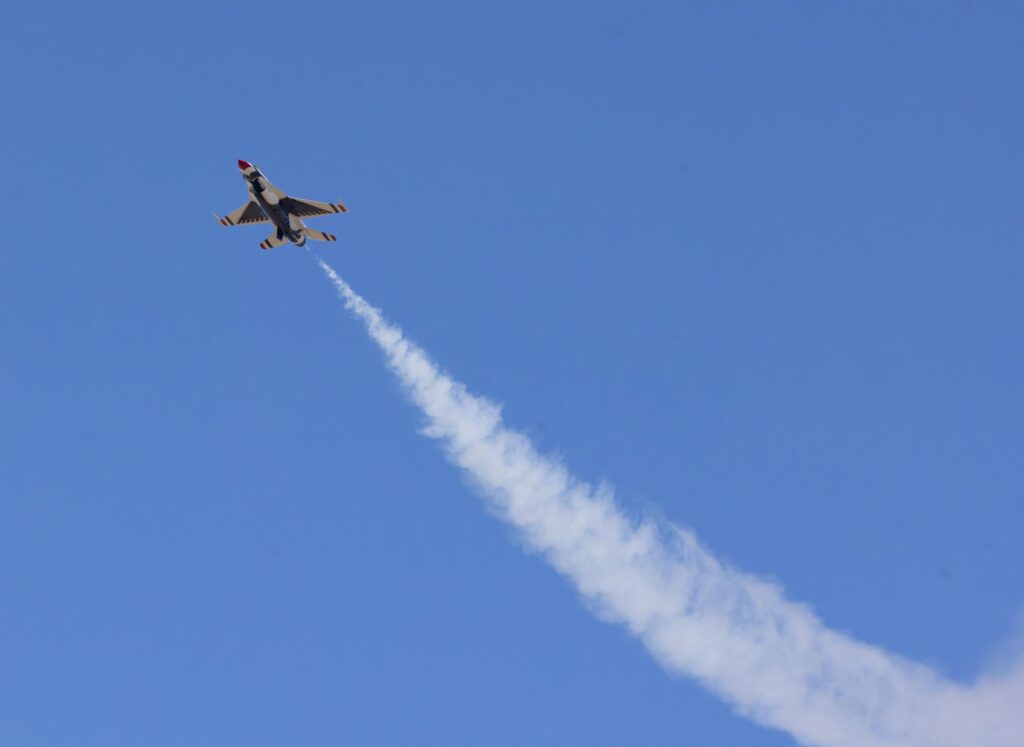
U.S. Navy uses CogniFit
Pilot fatigue has long been a concern. It has been a problem and a threat to the safety and effectiveness of military and civil transportation. It is the most frequently cited physiological factor contributing to the occurrence of U.S. Naval Aviation flight mishaps. To predict the risks associated with fatigue the aviation industry generally uses tool called “biomathematical models”. Researchers from the United States Navy found that the predictive ability of these tools was significantly improved with the addition of a cognitive program from CogniFit.

The study was published last September in the journal Aviation, Space, and Environmental Medicine. The U.S. Navy research team was from the Naval Medical Research Unit of Dayton, in Ohio.
The predictive modeling approach, based in biomathematical models of fatigue, has a decades-long history of predicting fatigued performance with moderate success. Biomathematical models of human fatigue are a useful tool, incorporating aspects of fatigue science into scheduling through predictions of fatigue risk levels, performance levels, and/or sleep times and the provision of opportunity for rest. Biomathematical models are sets of equations that quantitatively predict a fatigue risk metric or corresponding output, based on factors such as sleep history, time of day and workload. The power of these models lies in their ability to embed scientific research and knowledge gained from empirical observations into generalized prediction tools.
However, biomathematical fatigue models have limitations; “current models do not take into account stable individual differences in fatigue susceptibility,” said the research team. “Numerous previous studies have confirmed that there are significant, stable individual differences in susceptibility to the effects of fatigue and these differences may be reflected in aspects of basic cognitive and physiologic functioning. Therefore, models that do not include these differences lack precision regarding the individual level.”
For the study, 13 men and 2 women in their twenties were selected. Participants were active duty military personnel from the Naval Aviation Preflight Indoctrination program aboard Naval Air Station Pensacola who volunteered as subjects. The study protocol was approved by the Naval Aerospace Medical Research Laboratory Institutional Review Board in compliance with all applicable Federal regulations governing the protection of human subjects.
Researchers collected data on multiple cognitive and eye-tracking performances on group and individual levels over time. A CogniFit program was used to measure cognitive performance. CogniFit is a world-class brain fitness and cognitive science company focused on improving quality of life through the assessment and brain training of cognitive skills. Measurements were completed at rested baseline and then every 3 hours across 25 hours of continual wakefulness.
Data were analyzed at the group and individual levels. On both levels, results characterized actual fatigued performance. When group results were visually inspected at the individual level, two extreme categories of individuals emerged: individuals who are highly susceptible to fatigue and individuals who are highly resistant to fatigue.
“Though performance prediction based on a group average accounts for most individuals, those who are not properly categorized under such an approach are theoretically and practically the most critical to capture,” said the research team. “For instance, those who are highly susceptible to fatigue may require additional training, tailored scheduling, or pharmacologic intervention, whereas those who are highly resistant to fatigue may be better suited to situations in which sustained vigilance is routinely required. Operationally, over-utilization of performance-compromised individuals and under-utilization of duty-ready individuals represent a threat to job effectiveness and, ultimately, operator safety. Like tailoring assignments according to personality or physical strength, knowledge of an individual’s distinct fatigue profile can greatly improve management and mitigation efforts.”
Therefore fatigue measurement must take individual differences into account. However, using current generalized standards, a substantial number of individuals may be incorrectly categorized, leading to potentially dangerous over or under utilization of manpower. Researchers showed that fatigue prediction can be improved using individualized cognitive and eye-tracking measures in addition to current biomathematically-based models.
“Using this method, next generation biomathematical fatigue models could incorporate quick, noninvasive individualized measurements such as saccadic velocity and cognitive shifting accuracy,” explained the team.














